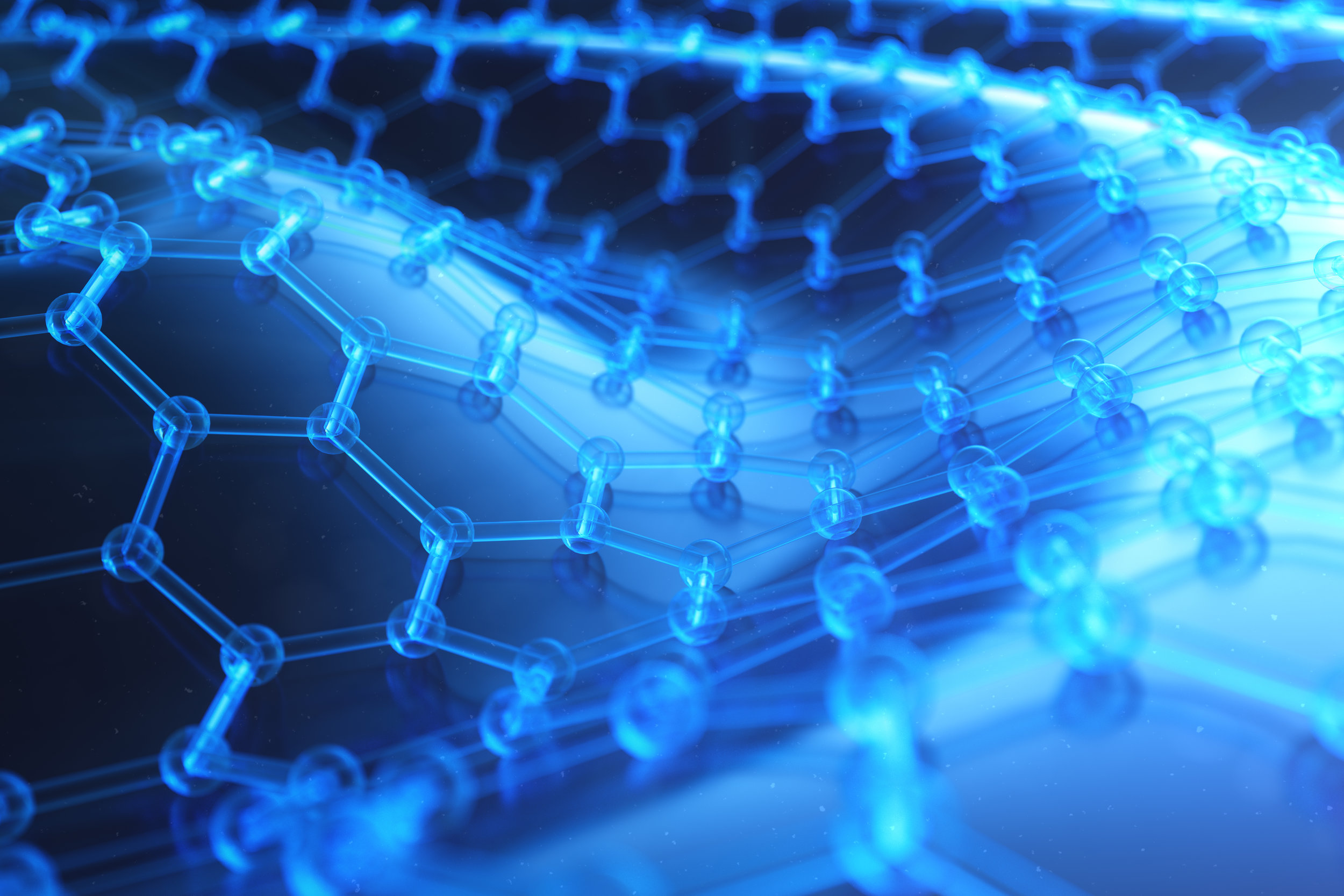Highly durable biomimetic nanotrough electrodes for proton exchange membrane fuel cells

Membrane electrode assembly is the core part of proton exchange membrane fuel cells (PEMFCs). However, the high consumption of platinum and poor durability of carbon supported platinum nanoparticles (Pt/C) in the conventional cathode prohibit the large-scale commercialization of fuel cell vehicles.
Recently, a group led by Prof. SHAO Zhigang and HOU Ming from the Dalian Institute of Chemical Physics (DICP) of the Chinese Academy of Sciences (CAS), in collaboration with Prof. WU Gang from the State University of New York at Buffalo, designed a highly-durable biomimetic nanotrough electrode for PEMFCs.
The electrode is a nanotrough-like catalyst layer (NTCL) with low Pt loading and enhanced durability.
The researchers adopted a facile template-assisted method to construct the nanotrough catalyst layer by electrospinning and magnetron sputtering.
They observed the water in-situ formed on the Pt nanotrough electrode and conventional Pt/C electrode by the environmental scanning electron microscopy (ESEM), which verified a similar water repelling mechanism of the Pt nanotrough electrode with gramineous plants.
The Pt nanotrough catalyst layer realized effective water management due to the biomimetic architecture and anisotropic surface.
"We achieved a peak power density of 22.26 W mgPt-1 with a platinum loading of 42 µg cm-2 in the cathode, which was 1.27-fold higher than the conventional Pt/C electrode," said Prof. HOU.
Furthermore, they achieved ultrahigh durability in the accelerated stress tests. "This may be attributed to a self-healing mechanism that involves Pt dissolution and re-deposition," said Prof. SHAO.
source. Image: betibup33/shutterstock





